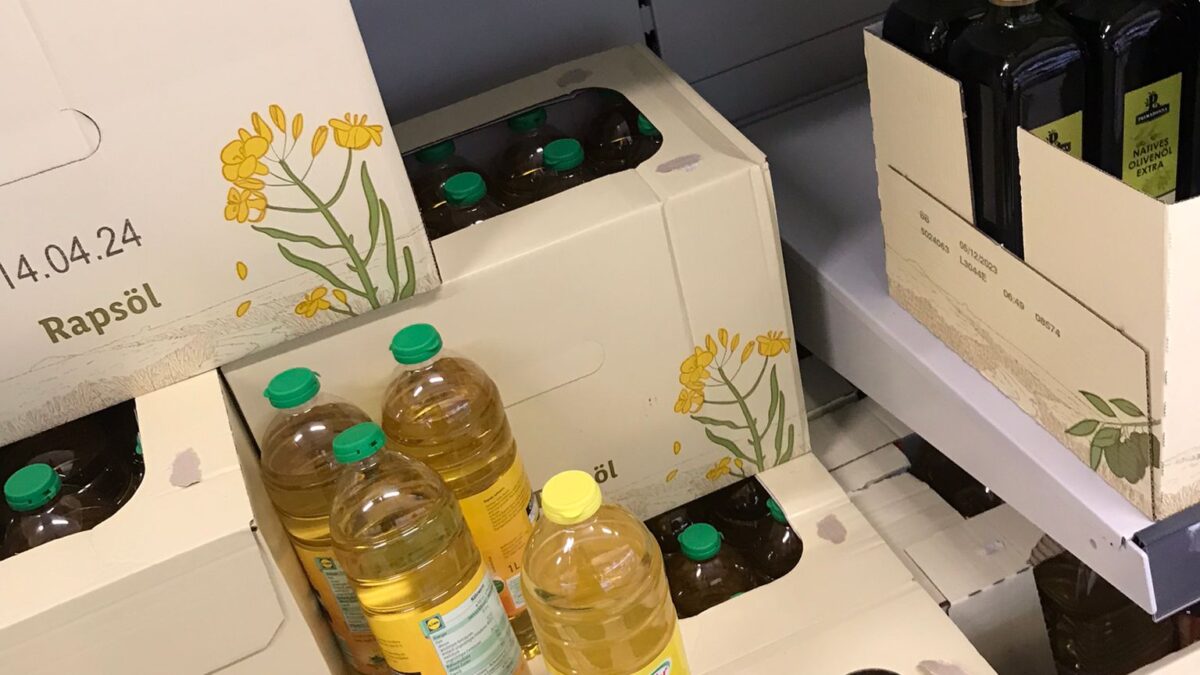Understanding the Cost of Sonnenblumenöl

Sonnenblumenöl Preis: Ein Leitfaden zur Auswahl des besten Angebots
May 11, 2023
Where to Buy Sonnenblumenöl Online: Your Ultimate Guide
May 11, 2023Sonnenblumenöl, or sunflower oil, is a popular cooking oil used across the globe. It’s known for its mild taste, high smoke point, and health benefits. However, one thing that consumers often wonder about is the cost of Sonnenblumenöl. In this comprehensive guide, we’ll delve into the various factors that affect the price of Sonnenblumenöl, from harvesting and processing costs to branding and packaging.
Harvesting and Processing Costs
The first factor that affects the cost of Sonnenblumenöl is the harvesting and processing costs. Sunflowers require a significant amount of water and nutrients to grow, and they’re often grown in large fields, which require a lot of land. Once harvested, the sunflower seeds need to be processed to extract the oil. This involves cleaning, dehulling, and pressing the seeds. The more efficient the process, the lower the costs.
Supply and Demand
Another factor that influences the cost of Sonnenblumenöl is supply and demand. When the supply of sunflower seeds is high, the cost of Sonnenblumenöl is likely to be lower. Conversely, when the supply is low, the price of the oil will increase. Similarly, demand also plays a significant role in determining the price. If the demand for Sonnenblumenöl is high, the cost will be higher, and vice versa.
Branding and Packaging
The final factor that affects the cost of Sonnenblumenöl is branding and packaging. The more a company invests in branding and packaging, the higher the cost of the oil will be. This is because the cost of the branding and packaging is passed on to the consumer. Additionally, if a company uses high-quality packaging materials, such as glass bottles, the cost will be higher than if they used plastic bottles.
In conclusion, the cost of Sonnenblumenöl is determined by a range of factors, including harvesting and processing costs, supply and demand, and branding and packaging. By understanding these factors, consumers can make informed decisions when purchasing Sonnenblumenöl. Whether you’re a home cook or a professional chef, it’s important to know what goes into the cost of this popular cooking oil.

